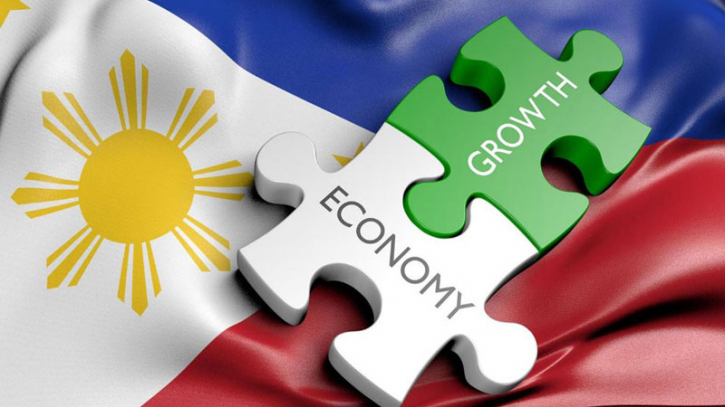Philippines GDP growth slows as inflation hits spending

The Philippines' economy grew more than expected in the first quarter of 2023, official data showed Thursday, though the pace was the slowest in two years as soaring inflation and interest rate hikes crimped consumer spending.
The 6.4% expansion in January-March period was well down from the revised 7.1% enjoyed in the last quarter of 2022, which analysts said could give the country's central bank some room to step back from its monetary tightening drive.
Expectations were for 6.2% growth.
Socioeconomic Planning Secretary Arsenio Balisacan said the lower print was partly due to high inflation and last year's rate hikes, which reined in consumer spending.
"Higher interest rates last year could have impacted on the consumption and investment already this year," Balisacan said in a briefing.
Consumer spending slowed to 6.3 percent in the first quarter, down from 10 percent during the same period last year.
The Philippine central bank raised interest rates several times last year to rein in inflation, which hit its highest level in more than a decade.
"Perhaps we are starting to feel that because there are usually some lag effects," Balisacan said.
Balisacan said the government remained "confident" it will hit its 6-7 percent economic growth target this year despite headwinds. The government expects that to pick up pace through 2028, to hit 6.5-8.0 percent.
"High inflation remains a challenge... but the improvement in (the) business climate can counter this unintended effect," he said.
The Philippines had previously trimmed its growth target as geopolitical and trade tensions, a possible global economic slowdown and typhoons could dampen economic activity.
Balisacan said the ongoing conflict between Ukraine and Russia as well as tensions in the South China Sea and the Taiwan Strait were among the risks to the growth outlook.
.png)




